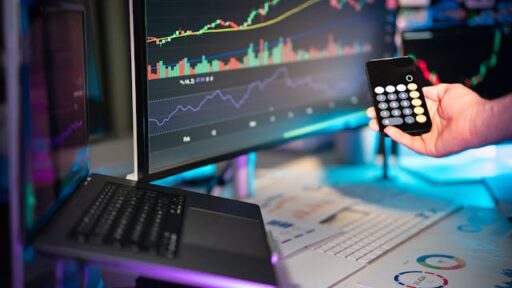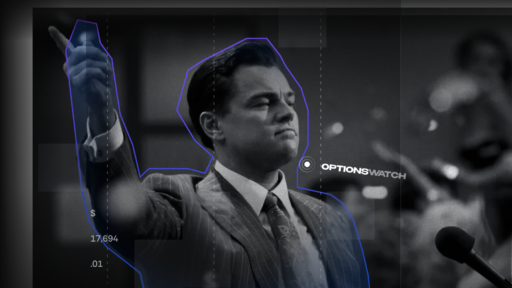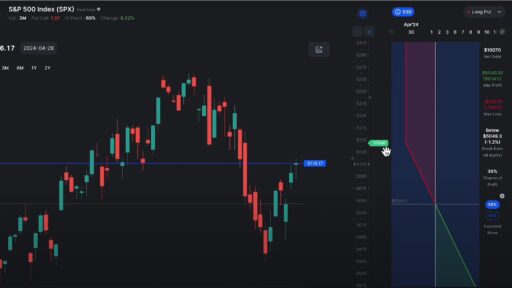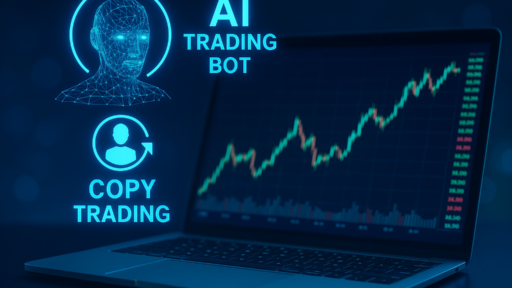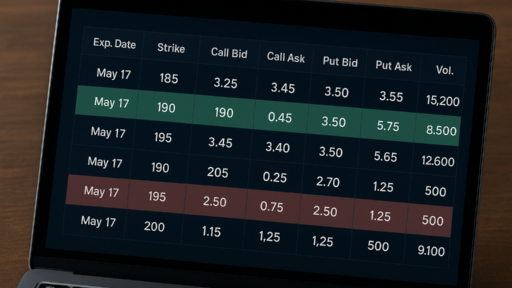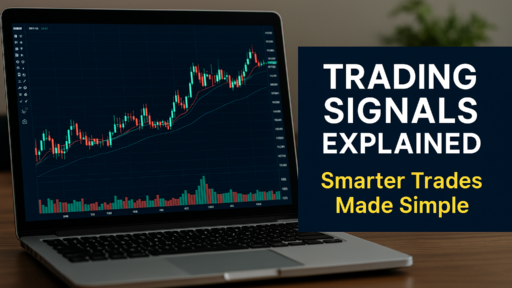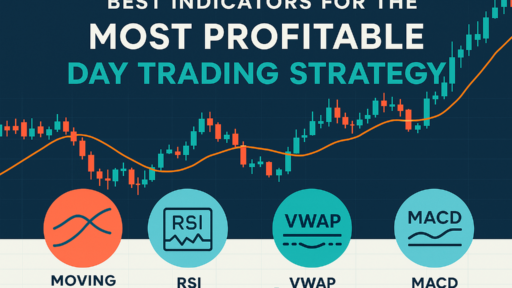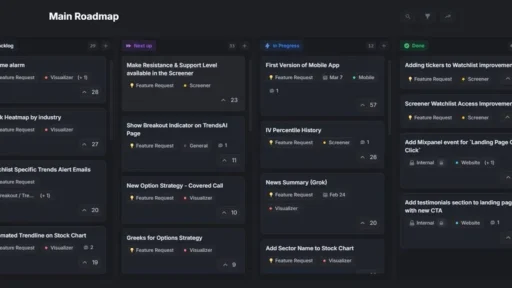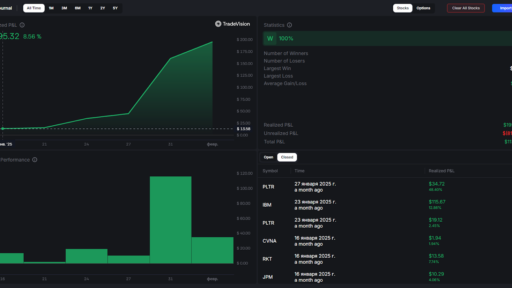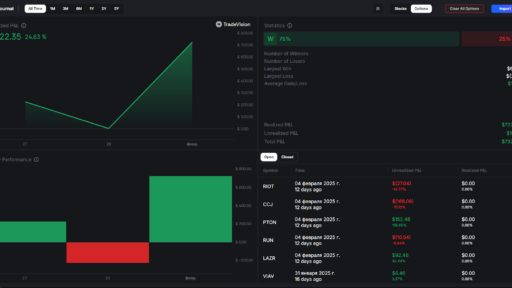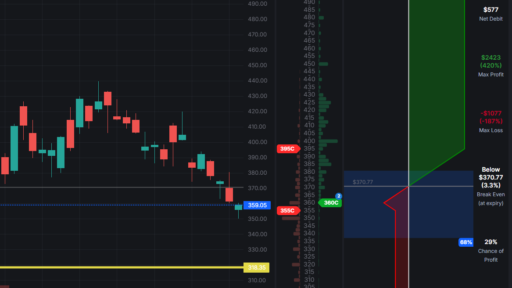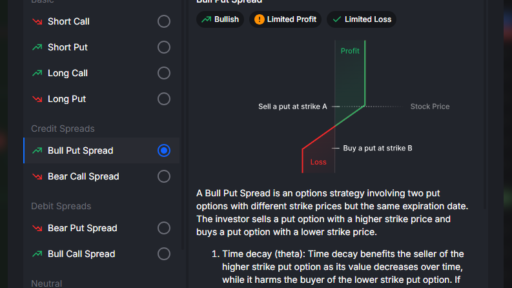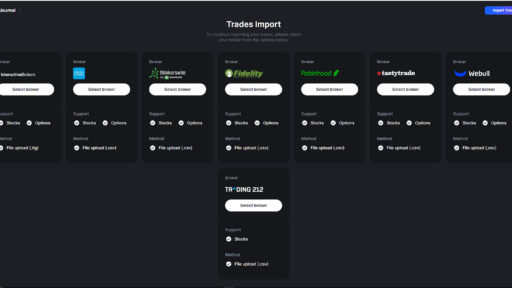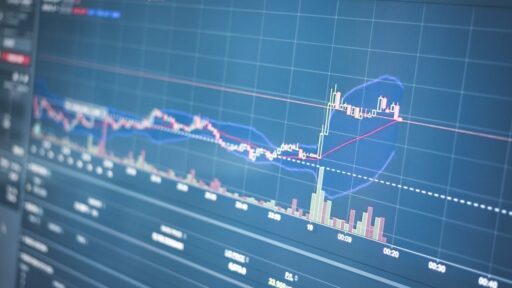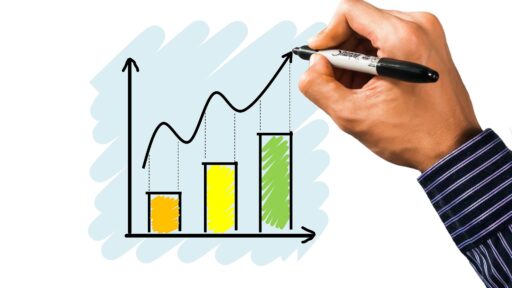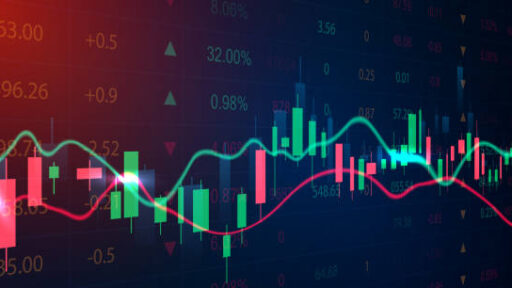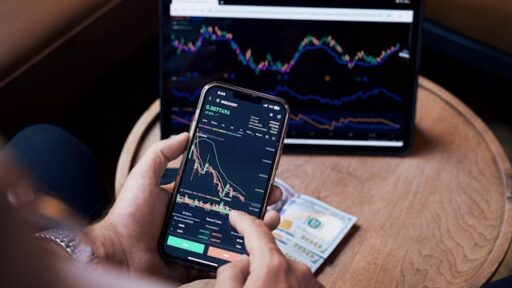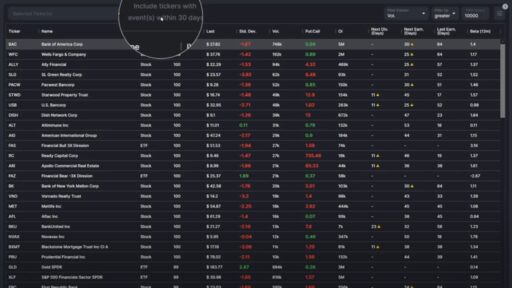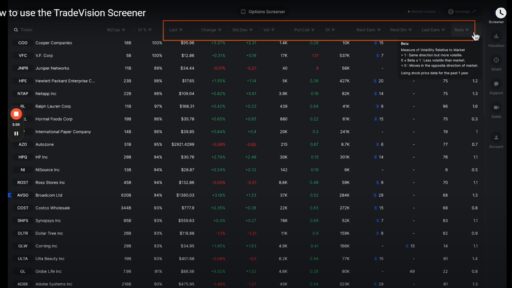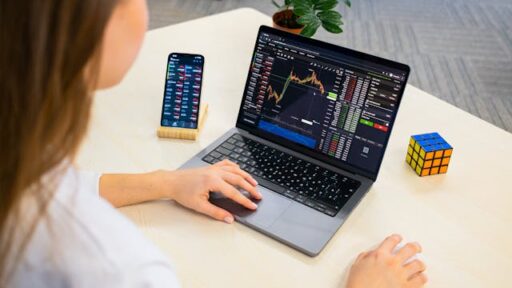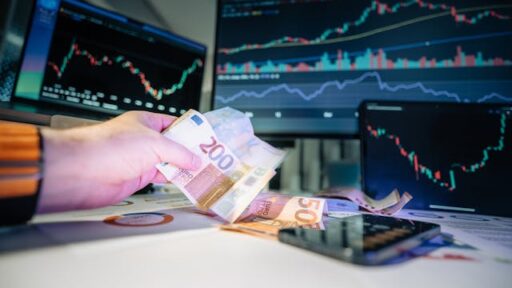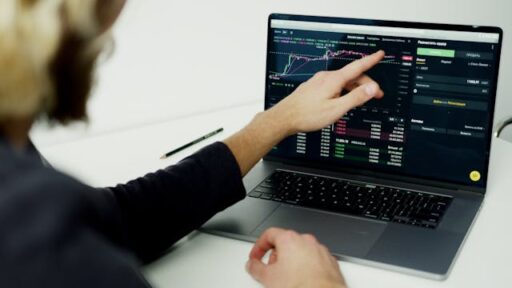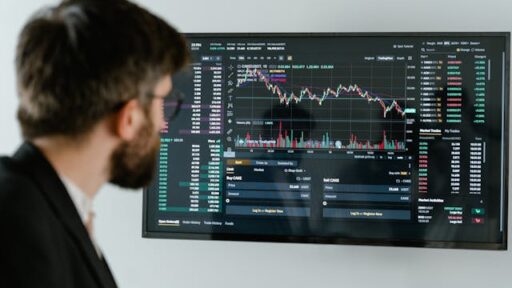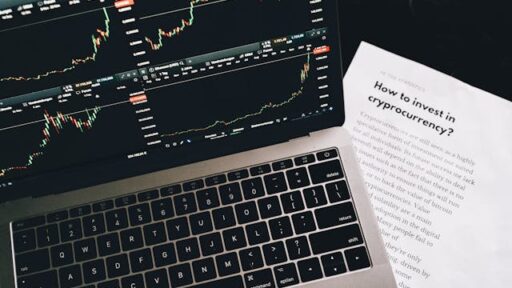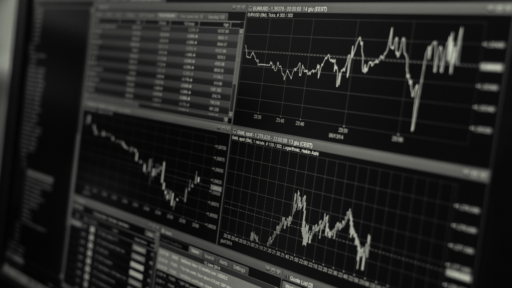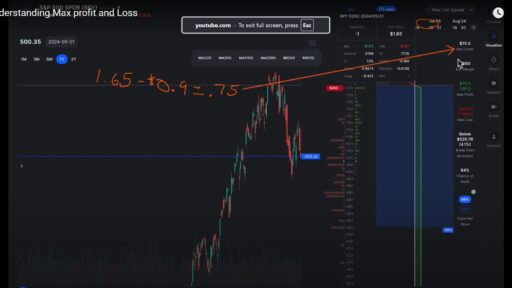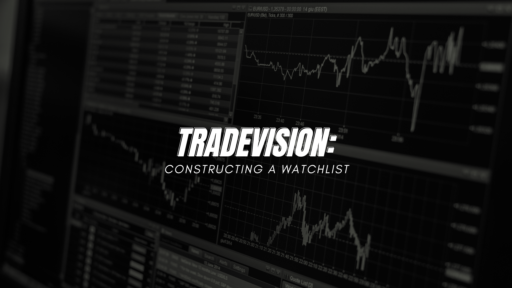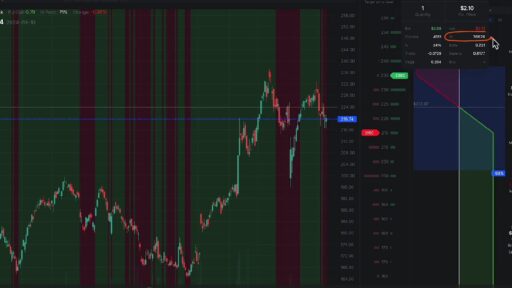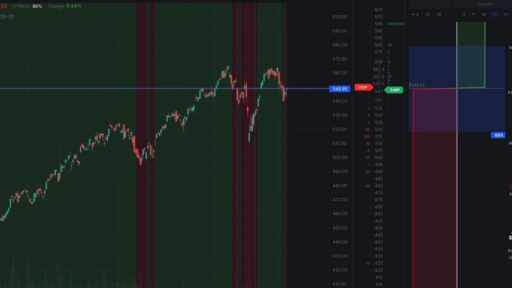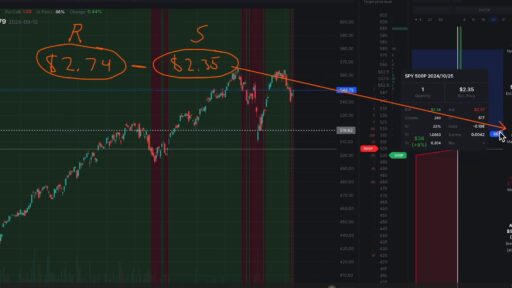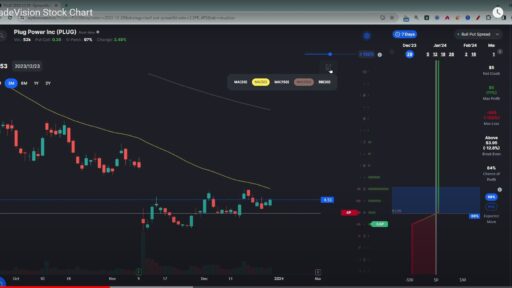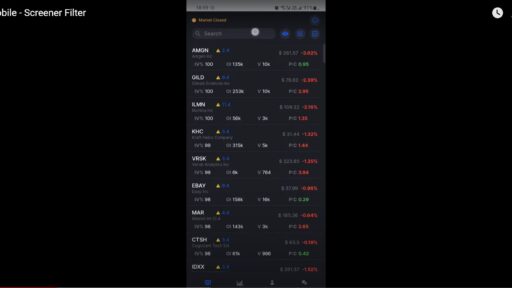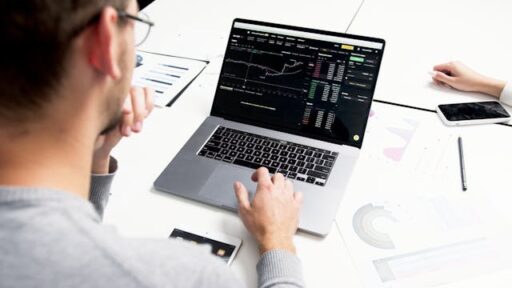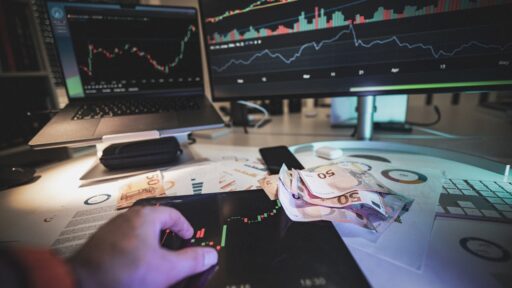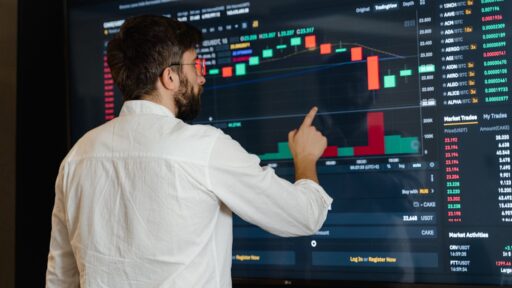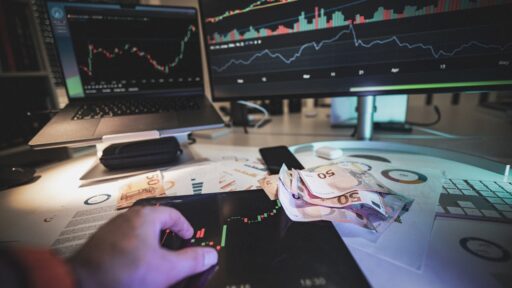Trading bots and algorithms are game-changers in the fast-paced world of finance. These powerful tools revolutionize trade execution and strategy development. For novice traders, they may seem like futuristic concepts. In reality, they’re essential resources that can boost your trading prowess.
But what exactly are these tools? Automated programs called trading bots execute trades based on predefined rules. They operate 24/7, never sleeping or taking breaks. Algorithms are the brains behind these bots. They analyze market data and make decisions in milliseconds.
1. What Are Trading Bots and Algorithms?
Trading Bots:
Tireless and precise, trading bots execute trades around the clock. These automated programs follow preset rules, eliminating human error. In ever-active markets like crypto, bots offer traders a crucial edge. They work tirelessly, ensuring no opportunity slips away while humans rest.
Trading Algorithms:
Trading algorithms scan markets for opportunities. Simple rules or intricate models guide their decisions. These mathematical tools swiftly execute trades when predefined conditions are met. From basic if-then logic to advanced statistics, algorithms power modern finance.
2. How Do Trading Bots and Algorithms Work?
A. Basic Operation
- Predefined Rules:
Make informed selections. Set clear entry and exit points. Define risk levels carefully. Let the bot execute trades automatically. Follow these steps for effective algorithmic trading.
- Market Analysis:
Bots often use technical indicators and historical data. They analyze market conditions and make decisions.
- Execution:
Swift and accurate, the bot springs into action. It scans the market, identifies prime opportunities, and executes trades instantly. No hesitation. No human delay. Just algorithmic precision capitalizing on fleeting moments in the financial dance.
B. Key Components
- Strategy Engine: The bot’s core. It has the trading strategies and rules.
- Data Feed: Provides real-time market data that the bot uses to make decisions.
- Execution System: Handles the placement of trades according to the bot’s instructions.
- Risk Management: Includes stop-loss and take-profit functions to manage potential losses and gains.
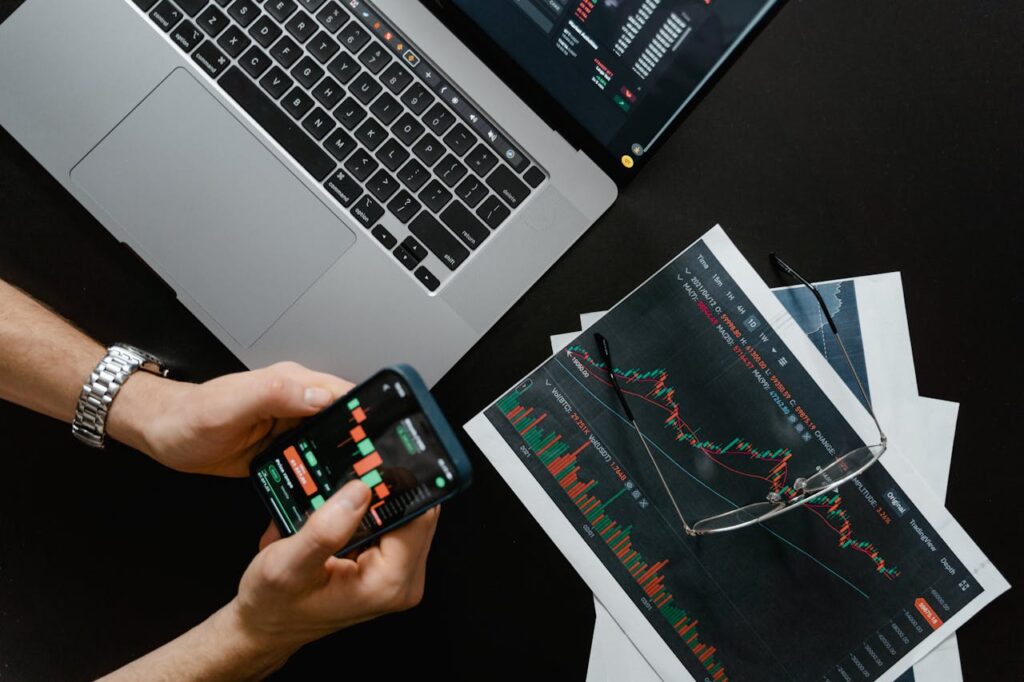
3. Types of Trading Bots and Algorithms
A. Trend Following Bots
What They Do: These bots study market trends and make trades accordingly. They work best in markets where prices move in a clear direction.
How They Work: They use indicators, like moving averages, to find the trend. They then decide to buy or sell based on that.
Example: A bot might be programmed to buy when the 50-day moving average crosses above the 200-day average. It would sell when the reverse occurs.
B. Arbitrage Bots
What They Do: Arbitrage bots profit from price differences in the same asset across markets.
How They Work: They buy low in one market and sell high in another, capturing the price difference.
Example: If Bitcoin is trading at $50,000 on Exchange A and $50,100 on Exchange B, the bot will buy on Exchange A and sell on Exchange B.
C. Market Making Bots
Buy low, sell high: Market-making bots thrive on price gaps. They flood exchanges with orders, profiting from tiny spreads. These automated traders keep markets liquid, ensuring smooth transactions for all participants.
How They Work: Profit emerges from the gap between buy and sell orders. Market makers strategically position orders, rebalancing to mirror pricing adjustments. Their nimble tactics ensure consistent gains amidst market volatility.
Example: A bot might place a buy order at $49,950 and a sell order at $50,050, profiting from the $100 spread.
D. Mean Reversion Bots
What They Do: Mean reversion bots assume that prices will revert to their mean or average level over time. They trade based on the idea that asset prices will move back towards their historical averages.
How They Work: The bot identifies deviations from the mean and places trades that profit when prices revert to the average.
Example: If a stock historically trades around $100 but temporarily spikes to $110, the bot might sell, expecting the price to revert to $100.
4. Developing and Implementing Trading Algorithms
A. Strategy Development
- Define Objectives: Determine what you want your algorithm to achieve, such as maximizing returns, minimizing risk, or trading specific assets.
- Design Rules: Create the rules that your algorithm will follow, such as entry and exit signals, risk management parameters, and trading frequency.
- Backtesting: Test your algorithm using historical data to evaluate its performance and make necessary adjustments.
B. Coding and Testing
- Programming Languages: Common languages for developing trading algorithms include Python, R, and C++.
- Development Platforms: Platforms like MetaTrader, TradingView, and QuantConnect provide environments for coding and testing algorithms.
- Paper Trading: Test your algorithm in a simulated environment to assess its performance without risking real money.
C. Live Trading
- Deployment: Once your algorithm performs well in backtesting and paper trading, deploy it in a live trading environment.
- Monitoring: Continuously monitor your algorithm’s performance and make adjustments as needed to adapt to changing market conditions.
- Maintenance: Regularly update and refine your algorithm based on performance and new market insights.
5. Risks and Challenges
A. Over-Optimization
What It Is: The risk of tailoring your algorithm too closely to historical data, which may not perform well in live markets.
How to Mitigate: Ensure your algorithm is robust and adaptable to various market conditions, rather than just optimized for past data.
B. Market Conditions
What It Is: Algorithms may not perform well in extreme or unusual market conditions, such as high volatility or sudden news events.
How to Mitigate: Implement risk management features and regularly update your algorithm to adapt to changing market dynamics.
C. Technical Issues
What It Is: Software bugs, connectivity issues, or platform failures can affect the performance of trading bots.
How to Mitigate: Use reliable and well-tested platforms, and have contingency plans in place for technical failures.
6. Choosing a Trading Bot or Algorithm
A. Criteria for Selection
- Performance: Evaluate the historical performance and reliability of the trading bot or algorithm.
- Compatibility: Ensure the tool is compatible with your trading platform and meets your specific needs.
- Support and Updates: Choose tools from providers that offer good customer support and regular updates.
B. Popular Options
With diverse trading bots and strategies, 3Commas offers an intuitive platform for users. Its interface simplifies complex trading, making it a go-to choice for many investors.
Cryptohopper offers cloud-based trading bots with a range of features and customization options.
Algorithmic traders, rejoice! AlgoTrader’s platform provides advanced tools to test and improve your automated trading strategies.
Conclusion
Smart algorithms revolutionize trading, enhancing efficiency and choices. Savvy traders harness these tools, developing robust strategies while mitigating risks. Understanding trading bots and algorithms unlocks improved market performance. As technology advances, mastering these innovations becomes crucial for success in the fast-paced world of financial exchanges.
As you explore trading bots and algorithms, remember that they are tools to assist your trading journey, not replacements for fundamental trading knowledge. Combine automated trading with a solid understanding of market principles, and you’ll be well-equipped to navigate the dynamic world of financial markets.


